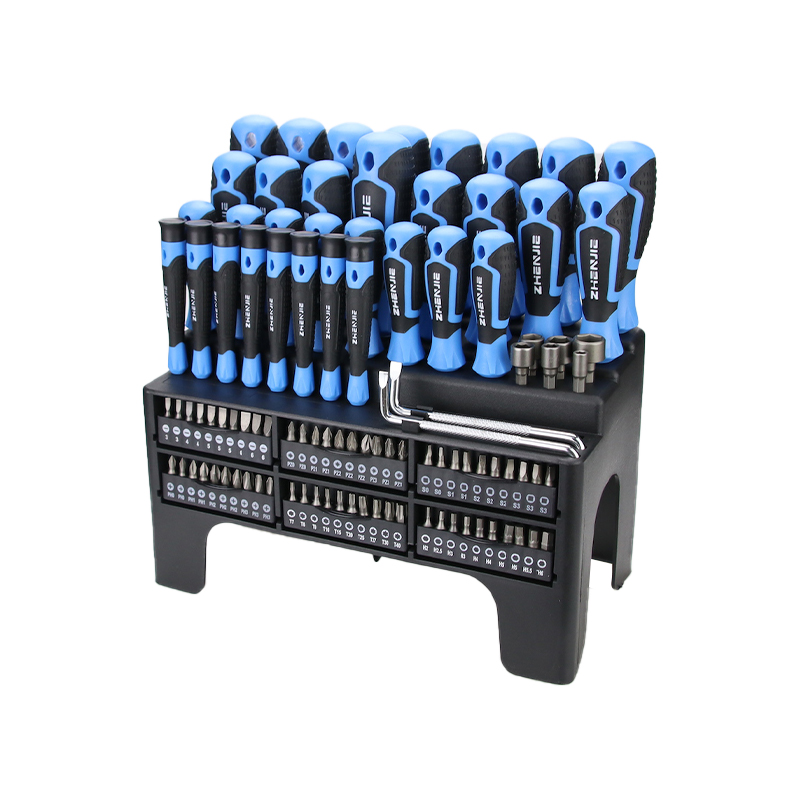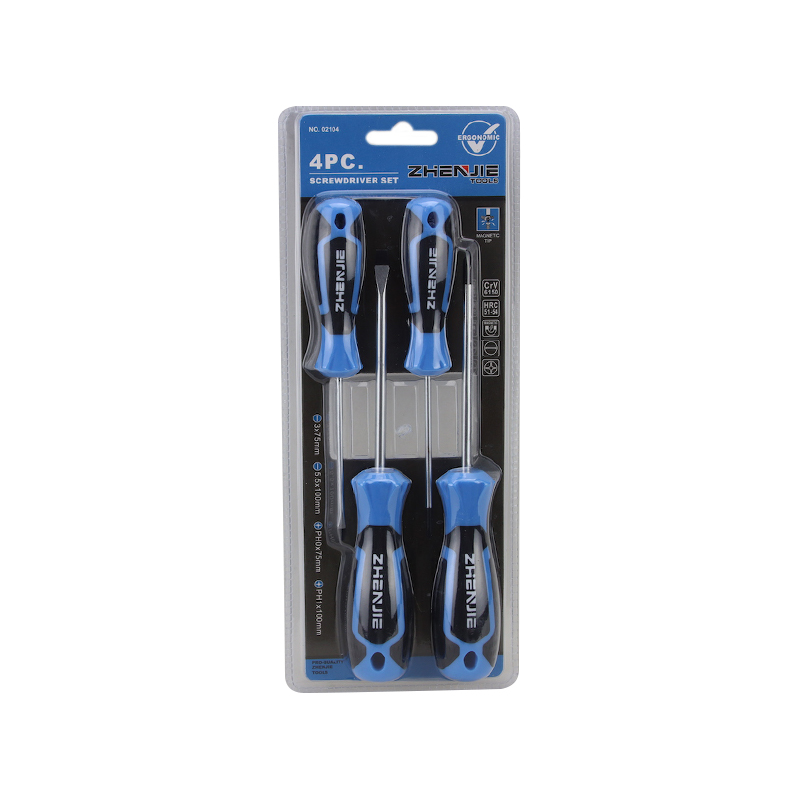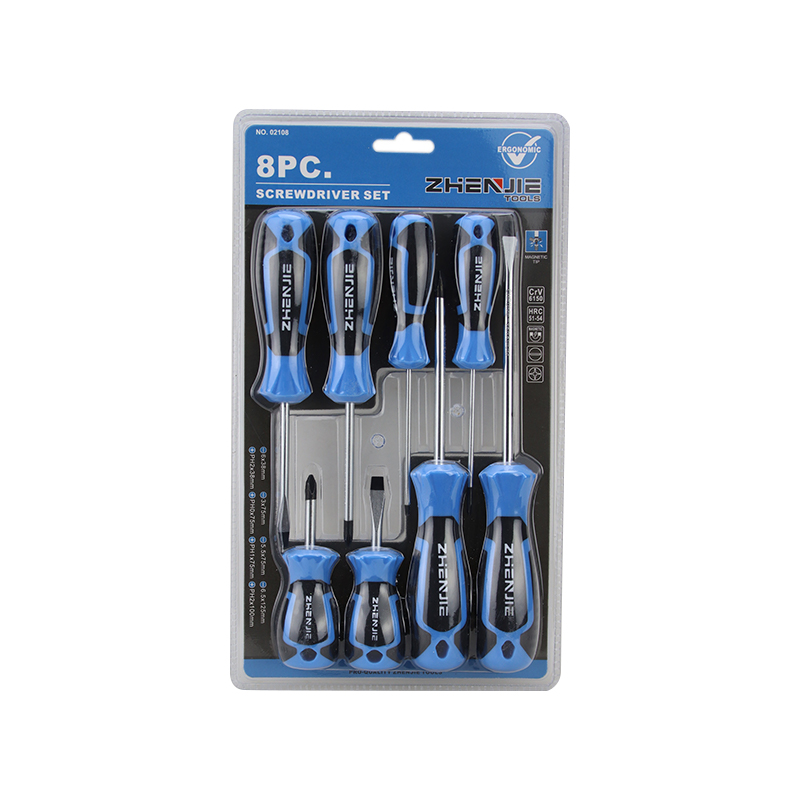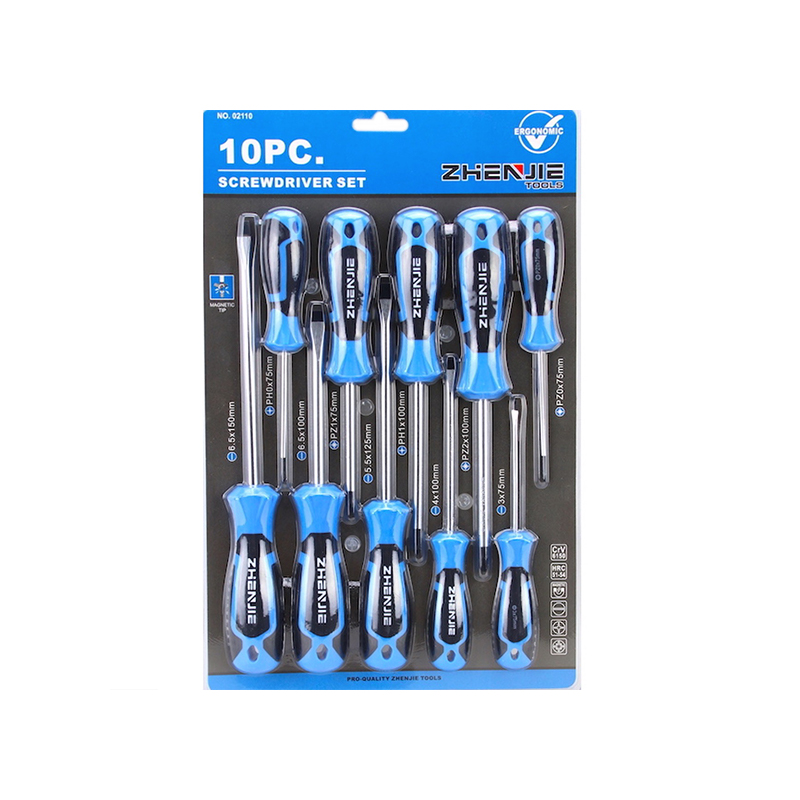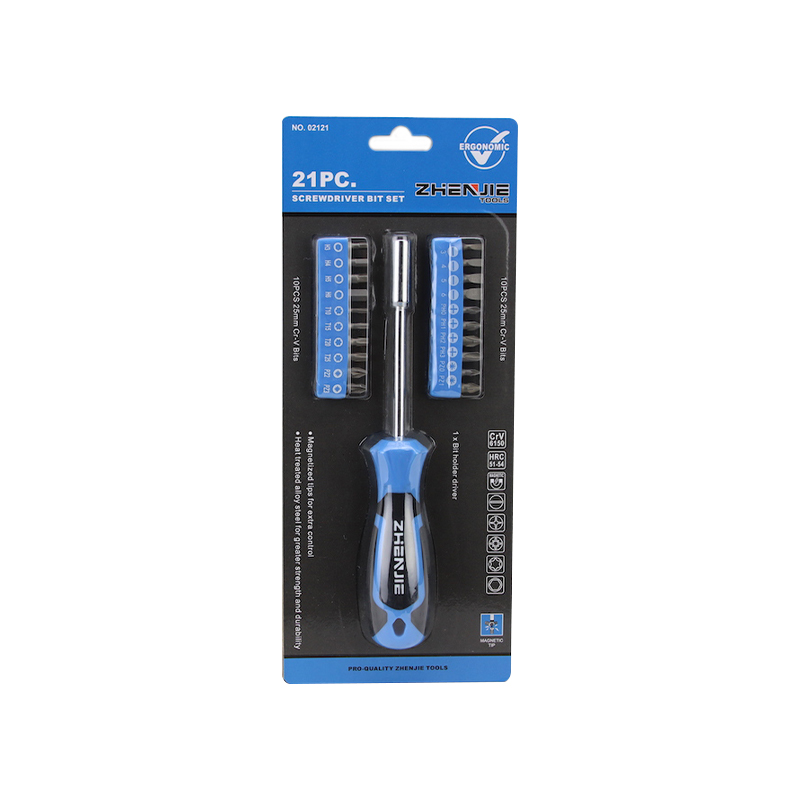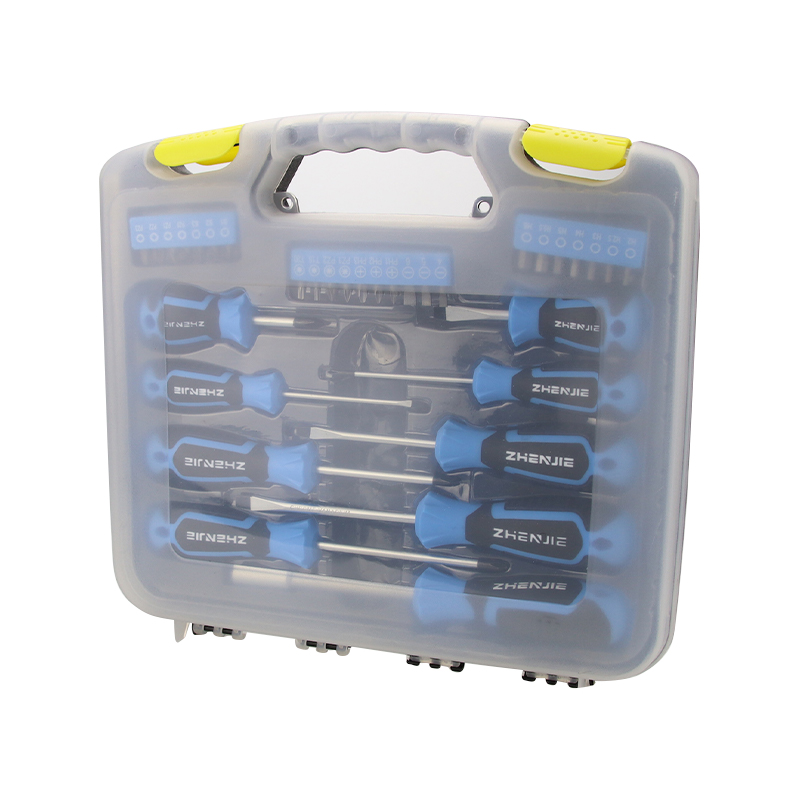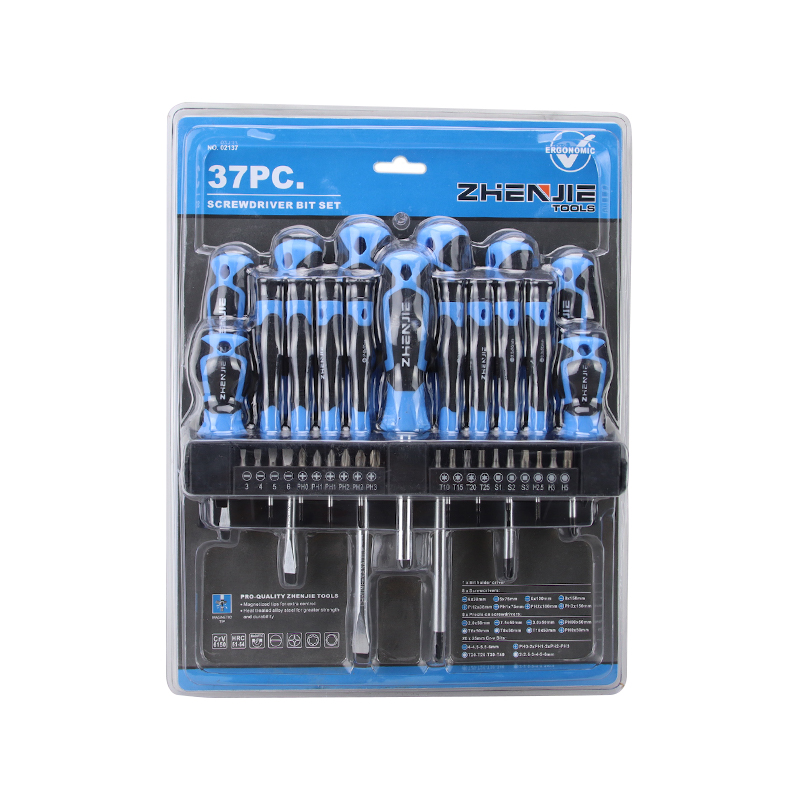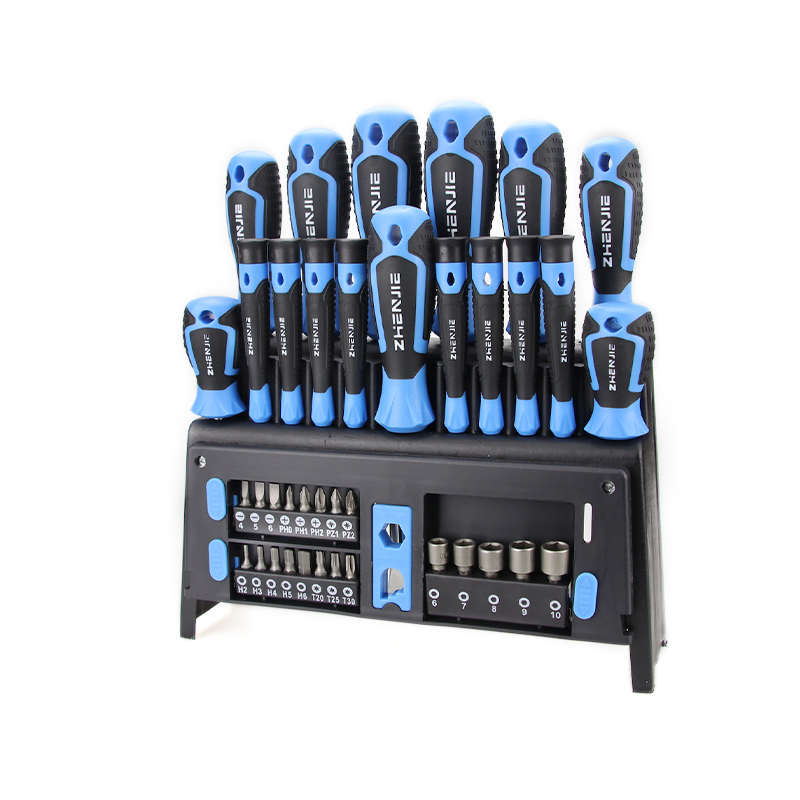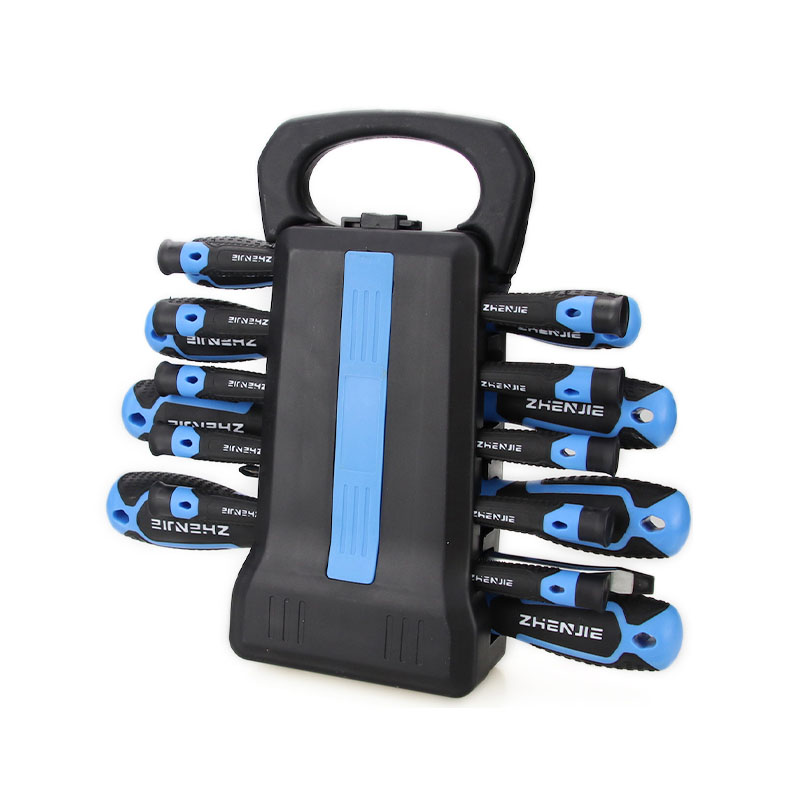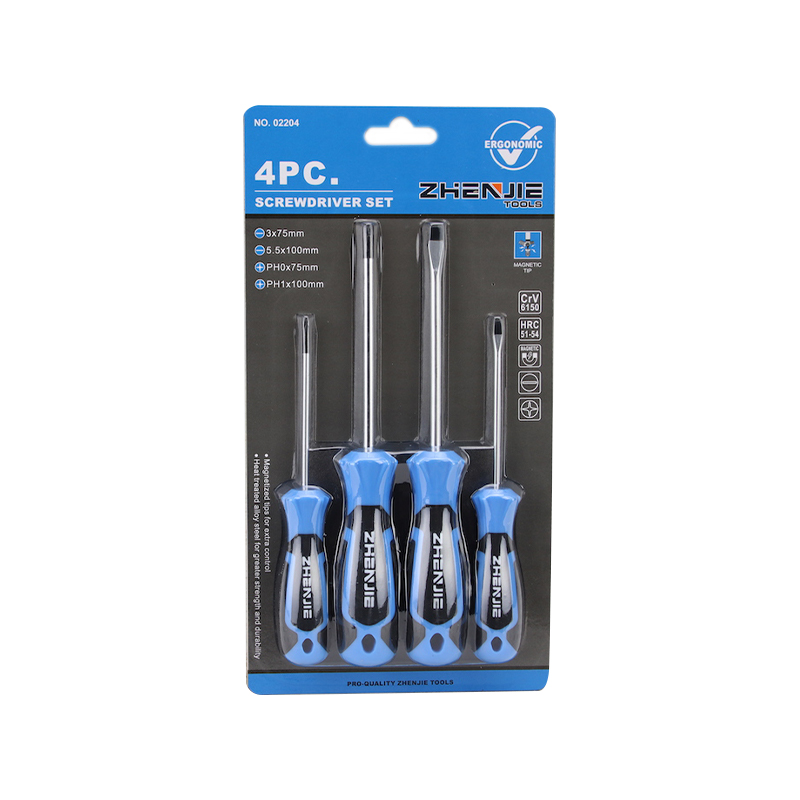In modern industrial manufacturing and mechanical design, the Universal Flexible Shaft, with its superior flexibility, reliability, and high-efficiency transmission capabilities, has become an indispensable component of various equipment. With the widespread application of automated equipment, the requirements for the precision and adaptability of mechanical transmissions are becoming increasingly stringent. The flexible shaft, with its unique structural design and performance advantages, demonstrates enormous application potential in many industries.
What is a Universal Flexible Shaft? A Universal Flexible Shaft is a mechanical device capable of transmitting power through tortuous or complex paths. It consists of an inner core drive wire, an outer sheath, and a connector, enabling the smooth transmission of torque and rotational motion at different angles. Its core advantage lies in its ability to achieve long-distance, non-linear power transmission without altering the equipment layout. This characteristic makes the flexible shaft perform exceptionally well in space-constrained or complex working environments.
From a design perspective, the inner core of the flexible shaft is typically made of high-strength steel wire or special alloy materials, manufactured through precision braiding or spiral winding processes to ensure good torsional stiffness and durability even under high loads. The outer sheath is made of wear-resistant and corrosion-resistant materials to enhance service life and protect the inner core from environmental impacts.
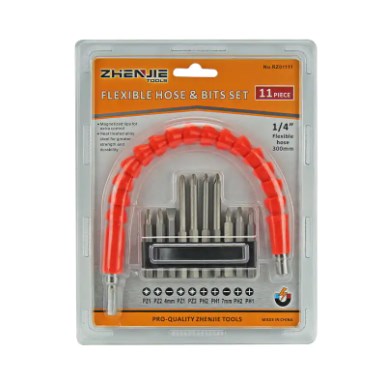
Core Performance of the Universal Flexible Shaft
In industrial applications, the performance indicators of the Universal Flexible Shaft directly determine the operating efficiency and reliability of the equipment. Its core performance is mainly reflected in the following aspects:
Torque Transmission Capability
The flexible shaft can achieve flexible bending while maintaining high torque transmission. A high-quality flexible shaft is designed to balance the strength and flexibility of the inner core, allowing it to operate stably even in environments with large load variations or frequent angle changes. The uniformity and accuracy of torque transmission are among the important standards for evaluating the performance of the flexible shaft.
Bending and Flexibility
The greatest advantage of the flexible shaft lies in its bending capability, which can adapt to various complex paths and is not limited by traditional linear transmission methods. Through a scientifically designed inner core structure and outer sheath material, the flexible shaft achieves a good balance between bending radius and torque carrying capacity, ensuring the continuity and stability of power transmission.
Wear and Corrosion Resistance
In industrial environments, equipment often faces corrosion from high temperatures, humidity, chemical liquids, or dust. High-quality Universal Flexible Shafts, utilizing wear-resistant and corrosion-resistant materials, significantly enhance service life and reliability. This not only reduces equipment maintenance costs but also ensures transmission stability during long-term operation.
High-Efficiency Transmission and Low Vibration
The flexible shaft effectively reduces mechanical vibration and noise during operation, improving the overall efficiency of the transmission system. Its optimized structural design allows the shaft to maintain smooth operation even under high-speed rotation or frequent start-stop cycles, which is particularly important for precision equipment and automated production lines.
Industrial Applications of Universal Flexible Shafts
Universal Flexible Shafts have a wide range of applications in industry, from traditional machining to modern automated equipment. They not only meet the need for flexible equipment layout but also improve the reliability and efficiency of the overall system.
In CNC machine tools, automated assembly lines, medical equipment, and aerospace, flexible shafts provide high-precision power transmission, enabling smooth control of complex movements. In demanding mechanical environments, flexible shafts overcome the limitations of traditional transmission methods, ensuring stable operation of equipment under complex paths.
Flexible shafts are also widely used in industries such as home appliances, garden machinery, and vehicle parts, providing efficient power transmission solutions for equipment. Their flexibility and reliability allow design engineers to achieve precise power transmission while maintaining a compact equipment structure.

Key Technologies in Design and Manufacturing Processes
Manufacturing high-performance Universal Flexible Shafts requires sophisticated processes and rigorous quality control. The selection of the inner core material, the spiral braiding technique, and the material and processing of the outer sheath all directly affect the performance of the flexible shaft.
Advanced manufacturing processes, including precision braiding, heat treatment strengthening, and surface treatment technologies, optimize the flexible shaft's wear resistance, corrosion resistance, and fatigue resistance. Simultaneously, precision connectors and standardized interface designs ensure wide compatibility between different devices.
As an important component of modern mechanical transmission systems, the Universal Flexible Shaft, with its superior flexibility, reliability, and efficient transmission capabilities, is widely used in industrial manufacturing, automation equipment, and high-precision machinery. With continuous technological innovation and advancements in materials science, flexible shafts will play an even more important role in future industrial development, providing more flexible and efficient solutions for equipment design.

 English
English русский
русский Español
Español